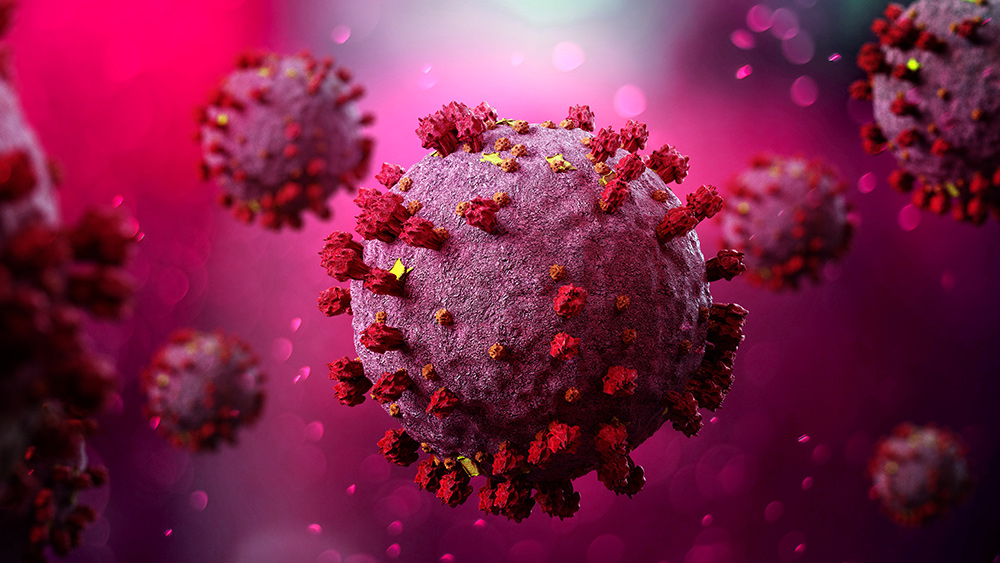
The report, first cited by The Wall Street Journal, is now fueling debate about the true origin of the Wuhan coronavirus (COVID-19). Last year, many officials within former President Donald Trump's administration entertained the idea that the virus may have spread after leaking from a research lab in Wuhan.
Skeptics have long dismissed the hypothesis as nothing more than a conspiracy theory due to lack of evidence. Although the intelligence report offers evidence that is far from conclusive, it suggests that the lab leak theory may be more plausible than skeptics previously thought.
The report also provides additional information regarding what was presented in the U.S. Department of State (DOS) fact sheet last year. The fact sheet confirms that scientists at the Wuhan Institute of Virology (WIV) became sick just before countries began reporting their first cases of COVID-19.
Ned Price, spokesperson for the DOS, said the fact sheet "did not draw any conclusions" about the pandemic's origin. Instead, it simply focused on the lack of transparency surrounding the virus's origins.
U.S. intel report confirmed three Chinese lab workers fell ill in November last year
The idea that the coronavirus pandemic began due to a lab accident in Wuhan is entertained by many experts due to China's lack of transparency about the coronavirus's origins. On the other hand, the idea that the virus came from an infected bat lacks conclusive proof. In spite of that, this is the generally accepted theory across the globe.
Proponents of the lab leak theory say the virus was carried by a bat, which may have been brought to WIV for gain of function research. They are inclined to believe the theory because this is not the first time that China has had to deal with coronaviruses and a new disease.
In April 2012, six miners fell sick with a mysterious illness after entering a mine to clear bat dung. Three of them died. Chinese scientists at WIV took samples from bats in the mine and identified new coronaviruses.
China’s next known brush with coronaviruses was in November 2019, when the DOS found that three workers at WIV developed symptoms "consistent with both COVID-19 and common seasonal illness."
Though the first known COVID-19 case was reported in December 2019, most infectious disease experts think it is likely that the virus was circulating in Wuhan as early as November 2019, around the same time the WIV workers fell ill.
Shi Zhengli, the top bat coronavirus expert at WIV, said the virus didn't leak from her laboratory. Zhengli also told the team sent by the World Health Organization (WHO) to investigate the origins of the virus that all staff there tested negative for COVID-19 antibodies. There was also no staff turnover on the coronavirus team.
Marion Koopmans -- a Dutch virologist who was part of the team sent by the WHO -- said in March that while some WIV staff did get sick around November 2019, nothing stood out. "There were occasional illnesses because that's normal." Koopmans added that staff getting sick was not a big deal.
But not everyone agrees. David Asher, a former DOS worker who led a task force that investigated the origins of the virus for then-Secretary of State Mike Pompeo, said in March that he didn't think the lab researchers became sick because of the flu. (Related: Award-winning scientist says coronavirus was created at Wuhan lab.)
Asher said it's unlikely that three people working in a level three laboratory with sufficient protection would all come down with the flu. He was doubtful that the flu would've sent the workers to the hospital in the same week. He said the three workers might represent the first known cluster of COVID-19 cases.
The Biden administration declined to comment on the matter but said that the WHO should investigate technically credible theories on the pandemic's origin. A National Security Council (NSC) spokeswoman said they continue to have serious questions about the early days of the COVID-19 pandemic, including its origins within China.
Learn more about the debate on the origins of the coronavirus pandemic at Pandemic.news.
Sources include:
Please contact us for more information.























